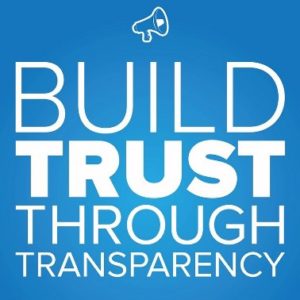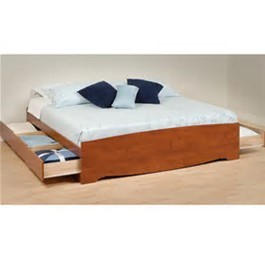Have you noticed the president has lost public trust? Not saying he does not have some supporters. Just saying even his supporters no longer take him at his word. Some leaders shrug off the lost trust as the cost of progress toward their agenda. They will learn; lost trust is a very high price to pay. Lost public trust is a crisis.
Leaders cannot lead if they are not trusted. Law enforcement cannot enforce if they are not trusted. Legal systems cannot adjudicate if they are not trusted. The list of societal functions that rely on trust is very long. Trust is the foundation of society.
Most of us do not want to be experts on healthcare or education systems or infrastructure or transportation policy or tax systems or public health or environmental science or agriculture policy or disaster relief or international relations or any one of hundreds of topics. We want to trust our leaders to gather the best minds on these topics and come to some consensus for the public good. We wanted to trust them. However, instead of gathering experts for consensus, the leaders used (what is now called) “fake news” to sway public opinion just enough to achieve the goals that favor this or that special interest group. Some of our leaders were victim to the fake news but many were complicit in the lies and deception.
Trust = Acceptance of the truth of a statement without evidence or investigation

Truth is reality. The truth about reality is that it was there all along. If you look closely, reality is always in plain sight. What changes over time is our perception of reality. Looking for the truth may seem like a journey to an elusive destination. Many say the truth is a very hard thing to know. That said; in this connected world, the path to basic understanding of almost any topic is only a couple searches away.
Understanding the nuance of complicated topics may be tough but looking stuff up is easy. Truth is the enemy of fake news. A little research is the key to finding if the news is fake or real. Doing research to determine the real from the fake takes time and effort. It would be nice if we could trust some leader to tell us the truth. However, trust has been lost. It will take a long time for trust to return.
Trust is about truth and honesty. It is my opinion that the meaning of trust has evolved to be more about basic honesty. In the connected world, our understanding of “truth” often changes as new information becomes available. One day we hear X is good for you and the next week we hear that X is not good for you. Nothing has changed in reality but our perception has changed, possibly because new information became available. Because of the constant flow of new information, our understanding can evolve quickly. The concept of trust must allow for an evolving perception of reality.
Being a trustworthy source of truth in the information age is about transparency and honesty. Acknowledging what you know and do not know. Acknowledging there are other points of view. Stipulating the facts, as you know them, and then interpreting the facts acknowledging alternate interpretations. In today’s world, one of the surest signs a person is not trustworthy is if they proclaim knowing some absolute truth.

We live in the information age. A single spectacular lie can spread to millions of people within minutes. While the truth can be boring, and takes it’s time to be known. However, as quickly as the lie can spread, so can spread the truth about a liar. The truth is reality and even though it might take time to be obvious, the truth will be obvious in time. People will continue to spread lies about other people. Take the time to fact check. Call bullshit when it is bullshit. When you see evidence that something is real or false call that evidence out. Let us help each other to know real things.
There are social consequences for loss of trust. However, there are also legal consequences for those who cause this loss of trust.
- Hacking e-mails = criminal activity
- Creating fake news to intentionally deceive others for personal gain = fraud = criminal activity
- Using the internet (wire) TV or radio to intentionally deceive others = wire fraud = criminal activity
Conclusion
Public trust is more important than party politics. Being trustworthy is more important than holding an elected position. Being trustworthy is more important than being rich. Being trustworthy is more important than being on the planning commission. Being trustworthy is inherently important.
The public trust is broken. We need to do everything possible to re-establish that trust. It will take time but it is doable. We need our leaders to be honest, transparent and inclusive. We need them to value truth. It really is about the golden rule; do onto others, as you would have them do unto you.
Nobody is perfect. It is not reasonable to have that expectation. However, basic honesty is the least we should expect from each other.
One last thing. In reality, it is very rare for any two people in any group to share the exact same beliefs or have the same characteristics. Pretending that all members of any group think the same or share the same characteristics is wrong. Individuals are individuals. Not all teenagers like the same music. Not all Democrats are like-minded. Not all republicans are like-minded. Not all Muslims are the same. Not all Christians are alike. In fact, one of the signs you are reading fake news is that it attributes the same characteristics to all members of a group. We are all members of many groups. Membership in any one group is only a single factor in a very complex set of factors that define who we are. The reality is we are as different from each other as we are the same as each other.
The crazy thing is that leaders can only lead if we trust them to lead. The president has lost the public trust. Now what?



